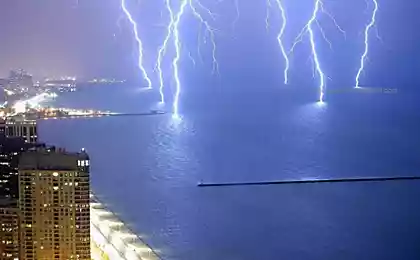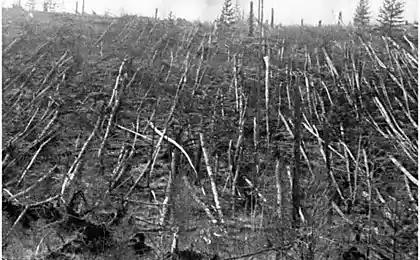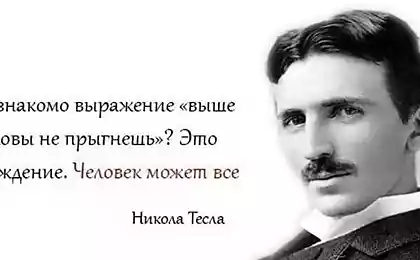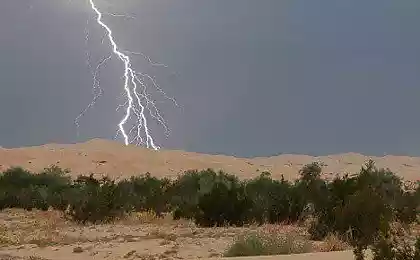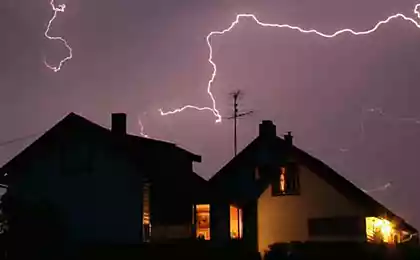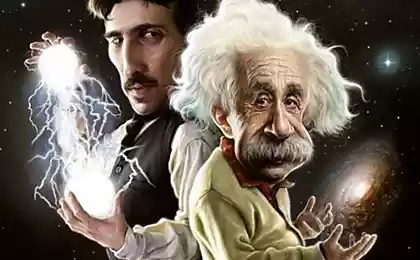907
Riddle of ball lightning
Random observations during thunderstorms are not allowed to make any definitive conclusions. Theories attempting to explain the mysterious natural phenomenon proliferated like mushrooms from meteorites charged to hallucinations provoked an increase in magnetism.
Two years ago Tszyanyong Chen and his colleagues at Northwestern University in Lanzhou conducted observations in Qinghai during a thunderstorm, using video cameras and spectrographs.
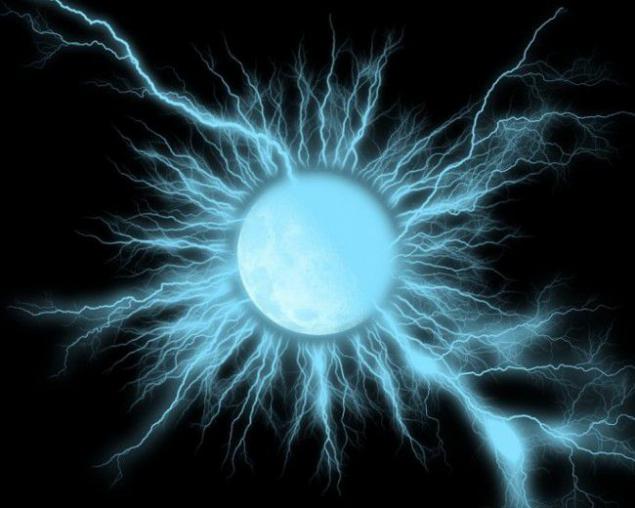
Quite by chance they were able to witness the fantastic effects: lightning struck near them in the ground - immediately formed a huge glowing ball with five meters in diameter, and flying 15 meters, 1, 6 seconds disappeared.
Spectrograph scientists managed to fix the chemical composition of the basic elements of ball lightning: silicon, iron and calcium, obviously borrowed from the soil. Thus, the observation of the Chinese confirmed the theory in 2000 chemist John Abrahamson of the University of Canterbury in New Zealand.
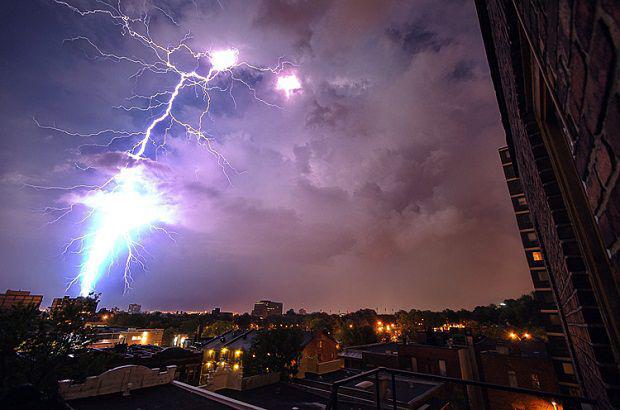
Abrahamson suggested that when lightning strikes the ground, a sudden and strong rise in temperature quickly evaporates silica in the soil, and the resulting shock wave emits gas into the air.
Organic matter in the soil, for example, Palaia foliage or roots of plants burn quickly, taking oxygen from silica, with the result that remains glowing silicon dioxide. That, in turn, becomes heavily oxidized in air, resulting in formation of hot ball that burns within seconds.

Israeli scientists from Tel Aviv University have succeeded in 2006 to get a fireball in the laboratory, striking a powerful electrical discharge on plates of silica.
However, evidence supporting the theory of the formation of Abrahamson ball lightning in nature is still not there. With the opening of the Chinese scientists succeeded for the first time with a spectrograph to determine the composition of the amazing glowing sphere in vivo. Puzzle ball lightning can be considered open.

Two years ago Tszyanyong Chen and his colleagues at Northwestern University in Lanzhou conducted observations in Qinghai during a thunderstorm, using video cameras and spectrographs.

Quite by chance they were able to witness the fantastic effects: lightning struck near them in the ground - immediately formed a huge glowing ball with five meters in diameter, and flying 15 meters, 1, 6 seconds disappeared.
Spectrograph scientists managed to fix the chemical composition of the basic elements of ball lightning: silicon, iron and calcium, obviously borrowed from the soil. Thus, the observation of the Chinese confirmed the theory in 2000 chemist John Abrahamson of the University of Canterbury in New Zealand.

Abrahamson suggested that when lightning strikes the ground, a sudden and strong rise in temperature quickly evaporates silica in the soil, and the resulting shock wave emits gas into the air.
Organic matter in the soil, for example, Palaia foliage or roots of plants burn quickly, taking oxygen from silica, with the result that remains glowing silicon dioxide. That, in turn, becomes heavily oxidized in air, resulting in formation of hot ball that burns within seconds.

Israeli scientists from Tel Aviv University have succeeded in 2006 to get a fireball in the laboratory, striking a powerful electrical discharge on plates of silica.
However, evidence supporting the theory of the formation of Abrahamson ball lightning in nature is still not there. With the opening of the Chinese scientists succeeded for the first time with a spectrograph to determine the composition of the amazing glowing sphere in vivo. Puzzle ball lightning can be considered open.



